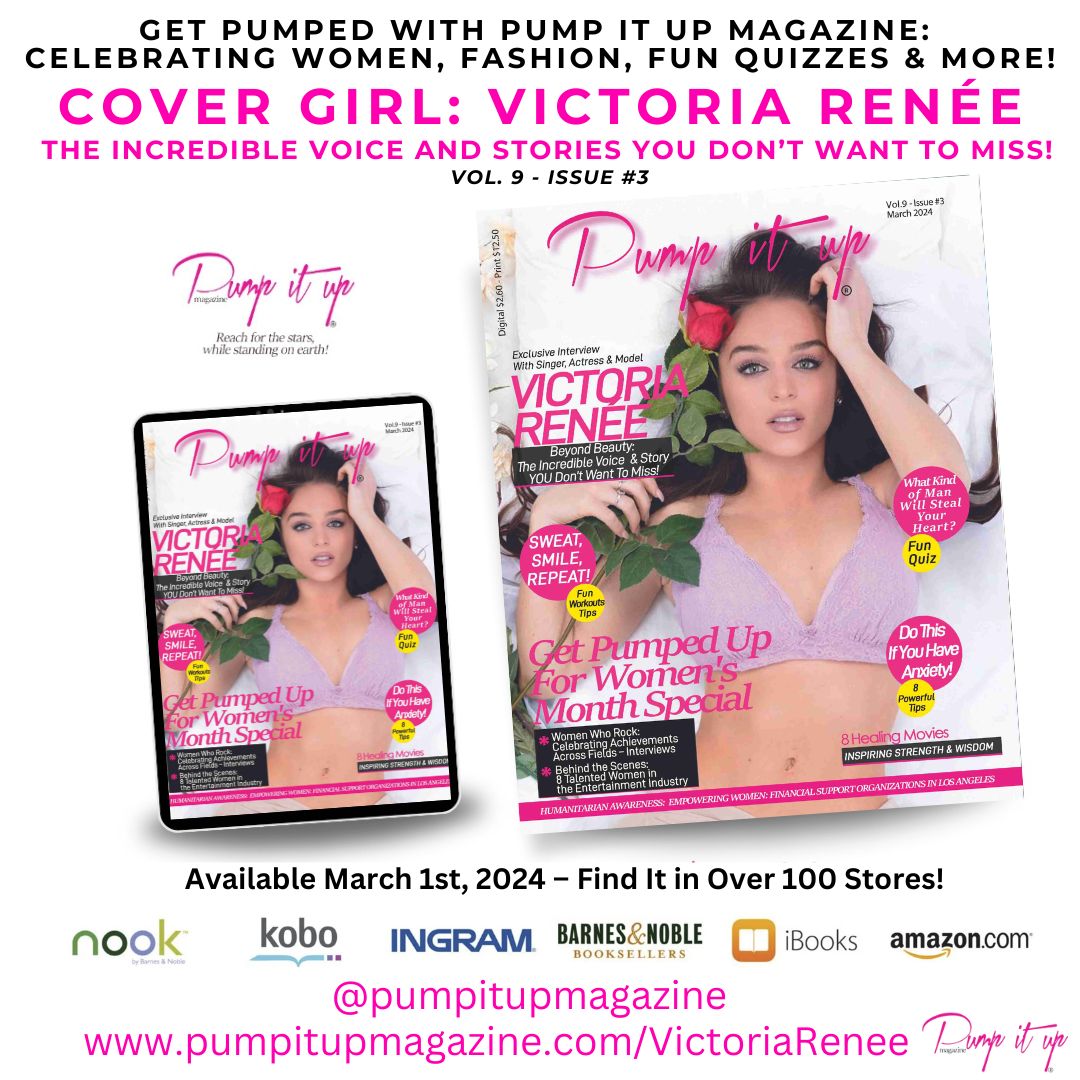
You write a song, or you find a song; the song moves you and you want it to move the world. So you record and distribute that song as a single to platforms like Spotify, Apple Music, and YouTube.
Once the song is available, anything could happen. The music could change the world, it could wow a few people, or it could go completely ignored. Of course chance always plays a part, but the outcome is partially in your own hands.
The benefits and challenges of releasing singles in 2020.
The good news: We’re living in an age of singles, and there are tons of ways to put one song to work.
The bad news: Every other artist has a new single to promote too, so you can’t just drop a song into the world and expect it to reach people without some effort and advance planning.
All this to say, there’s a lot more to releasing a single than just throwing it up on SoundCloud or Bandcamp. There’s a lot more to it than distributing your single worldwide via CD Baby too.
You need to first consider the strategy behind the release of your single:
- How are you going to attract listeners, encourage streams, and drive downloads?
- How is the launch of this single going to enhance your relationship with your audience?
- How will this song help you get to the next level in your music career?
- How does a single help you tell a little bit more of your artist story?
- How do you position your single to capitalize on streaming tools and algorithmic traction?
You should also weigh the pros and cons of releasing standalone songs.
As artists, we’re dealing in “attention economics.” Gone are the days when you could disappear for three years to make your next album and expect fans to stay loyal. In our world of short attention spans, releasing music more frequently can play a significant factor in your success.
Platforms like Spotify and YouTube even reward artists who put out songs and videos on a regular basis. Obviously you can’t (and shouldn’t) bang out a full album every two or three months, so instead: singles!
The upsides of releasing a digital single:
- It costs less to produce one song (compared to a whole album)
- You can release music more frequently, which drives algorithmic streaming activity
- You don’t have to manufacture CDs or vinyl
- Modern listeners often favor singles/playlists
- Concentrating on one song at a time helps you focus your marketing, video production, etc., so you have the opportunity to turn each single into an event
- It’s a moment to reconnect with or grow your audience
- It’s a low-risk chance to experiment with promotion strategies and learn what works (and doesn’t)
- And best of all, putting out singles is fun
But there’s still more PR power in releasing albums. So singles do have their drawbacks.
The downsides of releasing a digital single:
- It’s harder to get press and industry attention with a single
- Albums show the world you’re serious; singles don’t
- Albums can convey more about your story and brand; singles say less
- Your fans can grow numb to “new single” announcements if you release music too often
- It’s harder to merchandise a digital single
So let’s dig into the best-practices for releasing singles. I’m not sure if they all count as “strategies,” but they’re certainly all important considerations.
-
-
You MUST release a single FIRST
In most cases, I’d give this advice: You should absolutely release a single FIRST if you’ve never put out music under your current artist name! Why?
Most streaming services don’t let you claim your artist profile or use their various promotional tools until you actually have music on their platforms. Since those tools can be pretty powerful, you don’t want to MISS the chance to use them for your priority releases (like an EP or LP).
So put out a single first. Plant your flag. Claim your accounts. And be ready to go full-force on the follow-up release.
-
2020 is the year of video, so the RIGHT song might just mean the right 15 seconds
None of your plans will matter if the song sucks. Obvs. So don’t release singles purely to feed an algorithm. The music still needs to be compelling! That can mean it’s a catchy hit single to please new fans or a demanding artistic odyssey to please your diehards. But SOMEONE needs to be pleased.
-
However, just as a song can stand apart from an album, a musical MOMENT can stand apart from the song.
What does that mean? Well, we’re living in a short-form video age.
There’s no such thing as too much content, and with the huge popularity of TikTok, IG Stories, IGTV, YouTube, Facebook, Snapchat, and other platforms where users are hungry for quick videos, you don’t have to make all your videos the length of the whole track.
Not every music video needs to be a fully produced music video.
Find the BEST moment in your song, then ask:
-
-
- How can this moment inspire listeners to make videos of their own (such as TikTok challenges, dance contests, caption contests, duets, response videos, and other hashtag-driven community engagement)?
- Can I shoot a short original video to this 15 seconds of music?
- Can I find good royalty-free or pubic domain footage to add to this 15 seconds of music?
- Can I post a bunch of DIFFERENT video content for the same 15 seconds, reenforcing the hook?
- What will get people on Instagram Stories to answer questions or engage with a poll?
-
Once you dig into this, you might realize there’s a difference between the song that’s perfect for your existing fans, and a moment that’s perfect for viral attention. In either case, the single shouldn’t suck. But not every song needs to be a fully-produced masterpiece either. We’ll talk more about this below.
-
-
Time your singles strategically before and after EP and LP releases
-
Unless you’re an EDM or pop artist, I still recommend you focus on making EPs or LPs (for the reasons mentioned above); then release your singles strategically before and after the bigger release.
The lead-up singles create fan excitement and algorithmic energy for the album, and then the follow-up singles, or the songs that come out between larger projects, keep you from falling into “out of sight, out of mind” territory with fans.
-
Stockpile various kinds of recordings for later use, in addition to releasing traditional “singles” from an upcoming album
There are a number of different kinds of tracks you can release as singles:
- The lead single — This is the first song you release from an upcoming EP or LP. It sets the stage for what’s to come and prompts your fans to expect more in the coming months.
- The deeper dive — This follow-up single comes out between the lead single and the album, and it provides further context for your new music.
- The B-side — Once your album has been out for a few months, you can put out singles from the same recording session that didn’t make it onto the album.
- The bonus content — After the big album splash, you want to maintain momentum on streaming platforms. In the year following your album release, it’s good to put out several “bonus” tracks, such as remixes, alternate mixes, demos, or acoustic takes. Remixes in particular let you breathe new life into a song that’s waning in popularity, and give you a chance to collaborate with artists who might work in different genres. Both of you benefit from all the cross-promotion that ensues.
- The collaboration — This is a single that is credited to two or more artist names. Similar to remixes, an original collaboration gives you a great way to take creative chances and reach beyond your existing audience (because the same track will reach the other artists’ fans too).
- The featured artist track — You could do a guest appearance on someone else’s track, or they could appear on one of your songs. Either way, it helps you get some extra attention.
- The building-blocks single(s) — One practice that’s become more common is for an artist to set a release schedule (for instance: putting out one new song a month for a year) and then let fans vote on which ten tunes will comprise the next album. Obviously you don’t need to make your art a democracy, so you could just pick which songs you want to compile into an album yourself. Billie Eilish dropped a number of singles before her huge debut LP came out, so clearly the strategy can work.
- The live cut — Not every song you release has to be a studio-quality gem. Got a live recording with a good vibe? Put it out!
- The cover song — Covering existing songs has always been a smart way to attract new listeners. You take a proven song and add your own spin to it.
- The “Didn’t this song already come out?” single — You might’ve noticed artists like Taylor Swift releasing “singles” of songs that have already appeared on albums. It’s a trick to get more attention for a particular song, and hey, nothing wrong with tricks! We all want attention, right?
-
Make your music more playlist-friendly
The industry is focused on playlists these days, and that’s fine; playlists can generate a ton of streaming activity.
Not all playlist activity leads to real fan engagement though, so instead of artists jumping through a bunch of hoops to game the playlist system du jour, I’d still advise you — above all — to make the music YOU WANT to make and try to reach fans the usual ways (playing shows, making cool videos, running social ads, etc.).
That being said, the dominant format of the day has always shaped music, and streaming is changing the sound of popular music. If you do want to make your singles more likely to get playlisted, you should be aware of these music trends:
-
No long intros and outros
People are impatient and can skip songs very easily. Don’t tempt them. Get to the goods.
-
Consider putting your hook right at the beginning
Speaking of getting to the goods, you could lead with the hook or chorus. The Beatles did it half a century ago, and Bruno Mars is doing it today.
-
Keep your songs under 4 minutes
Unless you’re making ambient, classical, jazz, or something, it’s best to keep your songs between 2-4 minutes long. Under 3 minutes would be the goal for maximum playlist-ability.
-
Watch the expletives
Explicit language doesn’t necessarily doom your song, but it certainly can limit the kinds of playlists you could appear on.
-
-
-
Choose the right distributor
When you sign up your single for distribution to Spotify, Apple Music, Amazon, and other digital music platforms, you should know that good distribution is about much more than pushing digital files from one place to another.
CD Baby has been paying artists weekly for more than 20 years. We don’t charge annual fees, so you never have to worry about a growing annual bill just to keep your music available online. And we offer a number of OTHER monetization solutions for you music too.
-
With CD Baby, your single can earn money through:
-
- Streaming
- Downloads
- Global music publishing revenue
- Content ID on YouTube
- Social video monetization on Facebook, Instagram, and Oculus
- Sync Licensing
- And more




